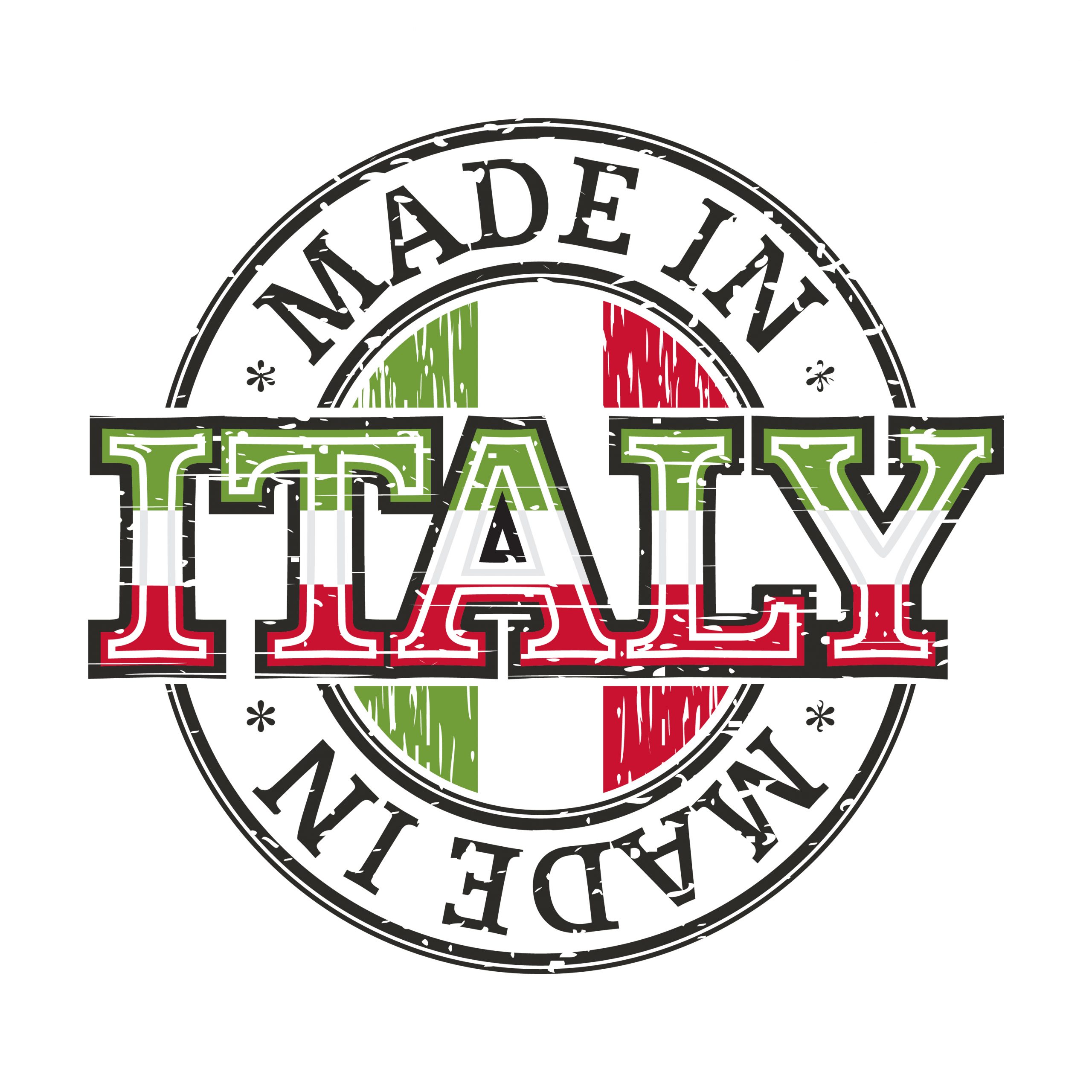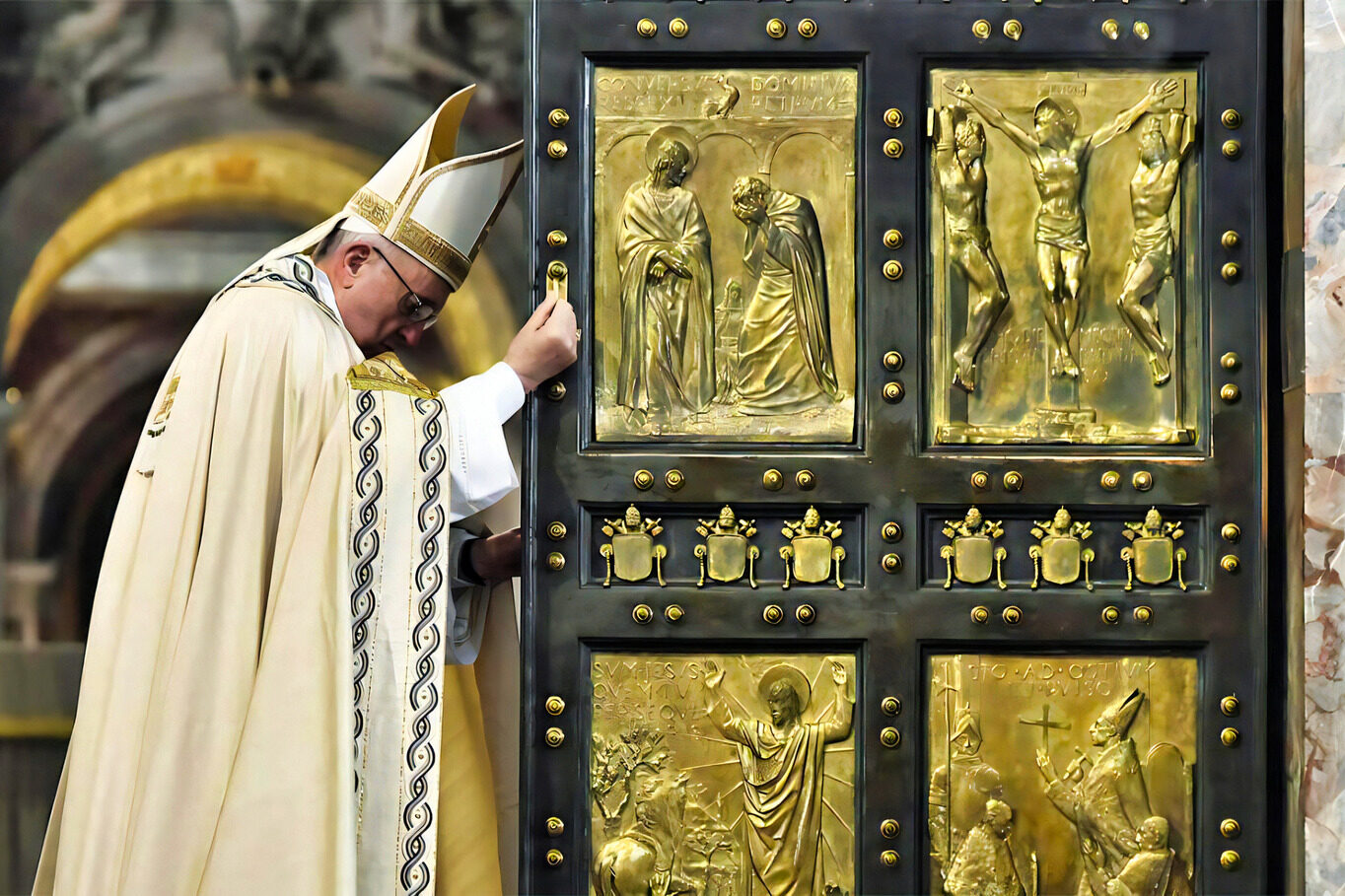If it were a brand, “Made in Italy” would be one of the most well known and renowned of the world. In fact, to be precise, it would be third after Coca Cola and Ferrari, which is, nonetheless, Made in Italy.
It is the brand name of a know-how that allows us to immediately distinguish ourselves in the minds of other countries. A synonym of creativity, quality, craftsmanship, attention to detail, of knowing how and the ability to innovate, yet remaining tied to tradition, to originality, to style, and society. This is understood as an attention to human relationships which in the end, lies at the basis of what is defined as “Italian style” or the Italian way of life.
It is the true key to our future and we should become aware of that.
They are the same authors of our doing business; big industries or small producers who say their products are made by hand. They do not so much reveal the secret of their professional success as they do to indicate the high road to be taken. Perhaps, it requires slightly more time or effort to get it right but it is that which leads to broader, long-lasting, and sometimes unexpected results.
In what other way could a small tailor from the province of Puglia like Angelo Inglese have the President of the United States not only wear his well-made shirt and fine fabrics, but also his hand-made creation; a unique piece of very high quality, made with attention to its tiniest details, on the most important day as that of his inauguration – an image which will forever remain in all the video-photography annals of the world?
We tell you his story because in his rising career, which starts off in his grandmother’s small shop which for three generations has opened its doors to the world market, there is the Made in Italy trend that makes all the difference.
It maintains the sense of that family treatment, that artisan know-how with a domestic dimension, which never gives up quality or creativity. A top brand which was born in a tiny corner of Italy, but just like Armani, Valentino or Versace, knows how to excel in the world.
And it knows how to design.
It is not coincidence that on March 2nd, the Consulate General of Italy will present Los Angeles with “Italian Design Day” at the Pacific Design Center, featuring two Italian architects who have been working for years in California. The two include Elena Pacenti (Dean of the Domus Academy School of Design in San Diego) and Carlo Caccavale (Executive Director of the American Institute of Architects of Los Angeles.)
Alongside them will be Lorenzo Damiani, valued protagonist of a national and international level, especially in the “Furniture and Product Design” field. As explained by the Consul General of Italy in Los Angeles, Antonio Verde, the goal of the venture, “will be to illustrate the story, new trends and the industrial prospects of an important sector of Italian creativity, which has to be able to express unique excellence in the world.” When speaking of Made in Italy, it is obvious that you cannot avoid alluding to the quality of the good and the richness of the tricolor gastronomic proposals, which, however, need to be defended from the Italian sounding and fake products. It would instead be necessary to mention of the medium/high tech which is developing in the Peninsula.
Although it is still commonly unknown, it knows how to surprise. Italian developers are an added plus to the latest generation. A sector that has only recently grown, the fact that 91% of them distribute Italian products in North America, clearly says that it is one of the fastest growing economic sectors able to compete in sales as well as profits, with the traditional industries of entertainment and software.
The Game Developers Conference, where Italy will be represented under the auspices of ICE-Agenzia, some 110 square meters inside the Moscone Convention Center of San Francisco, will bring together 11 companies who develop video games under the brand name “Game in Italy”. This is definitely a showcase to be carefully observed.
Focusing on innovation is not the only way out of this crisis but it is certainly the best way to speed up the recovery of the manufacturing and Italian craftsmanship industries, which are back to being competitive and which can also generate a positive impact on the market internally.
This means that we must be well aware that the Made in Italy represents a fundamental added value which, if pooled, can be a huge driving force for Italy.
Innovation but also fidelity to traditional values.
It is this vision that also moves L’Italo-Americano and allows it to regenerate and relaunch itself, focusing on its bilingual character and on being profoundly Made in Italy while having roots that branch out, blooming on the West Coast at the same time. Through this, it can always better interpret the present and the future of the Italian-American community, intercepting the needs but also supporting the necessity to never forget the past.
The new edition with “parallel texts” will officially begin with this issue as it tries to create a cultural and linguistic exchange, important for the construction of the Italian-American identity. It is this identity that wants to grow, wagering on the cultural value to remain oneself, even if continually evolving.






























